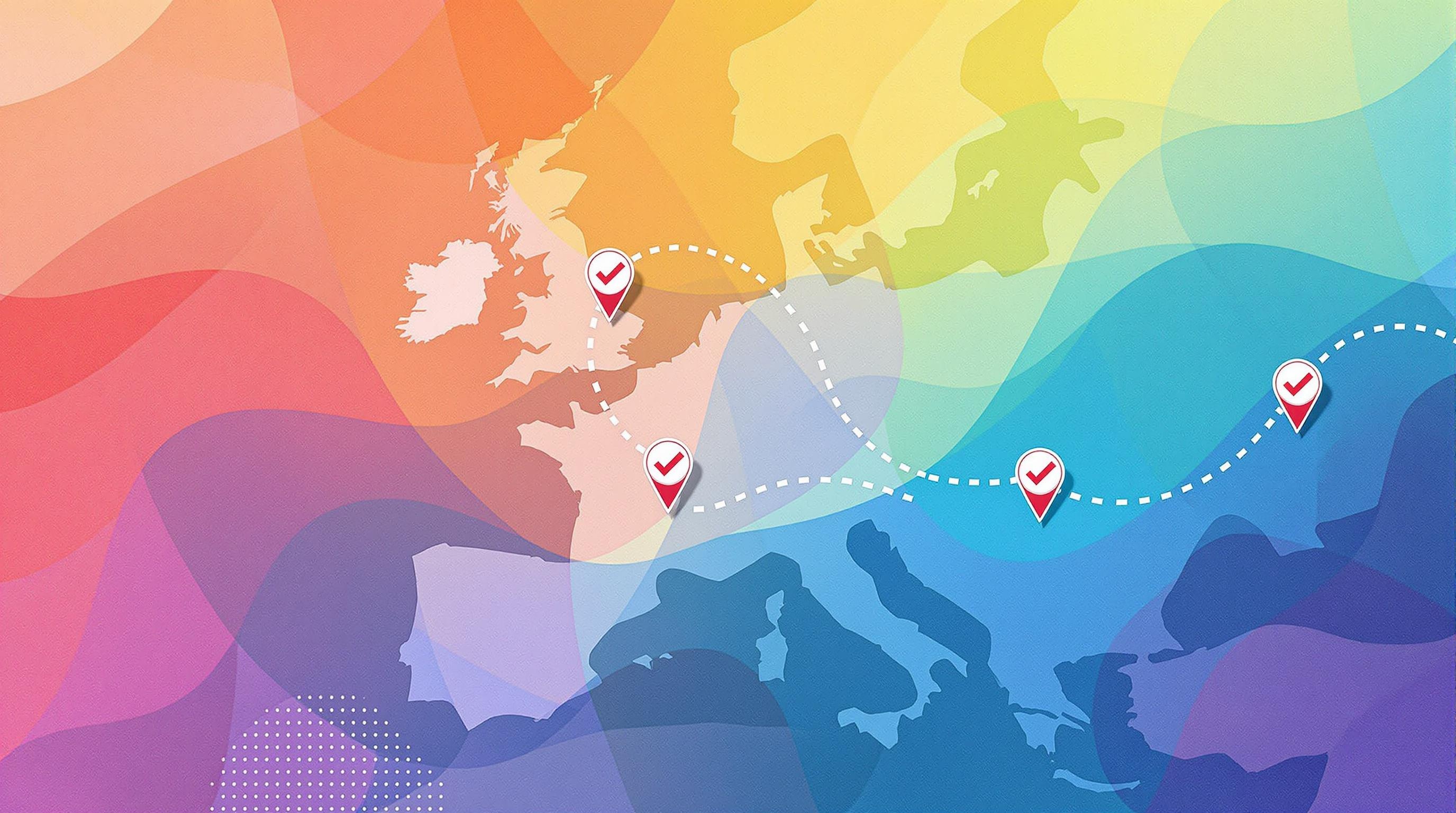Embarking on an Erasmus+ Youth Exchange can be a life-changing experience, offering opportunities to travel, learn new cultures, and develop key competencies. This guide will walk you through each step of the application process, ensuring you understand requirements, prepare a strong proposal, and maximize your chances of selection.
1. Understand Erasmus+ Youth Exchanges
Erasmus+ Youth Exchanges enable groups of young people from different countries to meet, live together, and work on shared projects for short periods (typically 5–21 days). Through non-formal learning activities—such as workshops, cultural visits, and outdoor activities—participants develop skills, intercultural awareness, and a sense of European citizenship.
2. Check Eligibility Requirements
- Who can apply? Youth organisations, non-profits, schools, or informal groups of young people (aged 13–30).
- Participating countries: EU Member States, Programme Countries, and Partner Countries (check the official Erasmus+ Guide for the latest list).
- Minimum group size: usually at least 16 participants from at least two countries.
- Project duration: between 5 and 21 days (excluding travel days).
3. Find a Partner Organisation
Collaborating with organisations from other countries is crucial. Here’s how to connect:
- Use the Erasmus+ platform or National Agency portals to search for partners.
- Attend networking events, info days, or online forums dedicated to Erasmus+ Youth Exchanges.
- Reach out via email with a clear project idea and proposed dates.
- Agree on roles, tasks, and financial responsibilities early on.
4. Prepare Your Application
Your application typically consists of:
- KA1 Application Form: Filled in the European Commission’s Mobility Tool+ or National Agency e-form.
- Project description: objectives, target group, planned activities.
- Detailed programme: schedules, methodologies, and trainers/facilitators.
- Letter of support or partnership agreement from each organisation involved.
5. Draft the Project Plan
A well-structured project plan demonstrates clarity and feasibility:
- Objectives: Define 2–3 SMART objectives (Specific, Measurable, Achievable, Relevant, Time-bound).
- Activities: Describe ice-breakers, thematic workshops, cultural evenings, evaluation sessions.
- Methodology: Emphasise non-formal learning, peer-to-peer, and intercultural dialogue.
- Results & Impact: Explain expected outcomes for participants and partner organisations.
6. Budgeting and Financial Planning
Allocate costs under approved budget categories:
- Travel costs: Calculated using distance bands.
- Organisation costs: Venue hire, materials, local transport.
- Individual support: Meals, accommodation, and insurance per participant per day.
- Exceptional costs: Visa fees or specific support needs.
Ensure your budget is realistic and follows Erasmus+ flat-rate rules where applicable.
7. Submit the Application
- Check the National Agency deadline (varies by country, typically twice a year).
- Upload all required documents: signed partnership forms, budget tables, and activity programme.
- Review and validate the form in the Mobility Tool+ or National Agency portal.
- Submit well before the deadline to avoid technical issues.
8. After Submission: What to Expect
- Eligibility check: National Agency reviews completeness and basic compliance.
- Quality assessment: Evaluation committees assess relevance, design, impact, and budget.
- Feedback & results: Usually announced within 3–5 months after the deadline.
- Grant agreement: If selected, sign the agreement and prepare for project implementation.
9. Tips for a Strong Application
- Be clear and concise: Avoid jargon and keep sentences direct.
- Highlight innovative methods: Show how your activities differ from standard exchanges.
- Ensure balance: Include both learning objectives and intercultural components.
- Engage participants: Demonstrate how young people will be involved in planning and evaluation.
- Sustainability & dissemination: Plan how to share results locally and internationally.
Conclusion
Applying for an Erasmus+ Youth Exchange requires careful planning, a clear project idea, and reliable partners. By following this step-by-step guide and paying close attention to eligibility criteria, budget rules, and quality of proposal, you’ll be well on your way to securing funding and delivering a memorable, impactful exchange for young people.
This article was co-written by an AI assistant and
Huseyn Abizadeh
.
